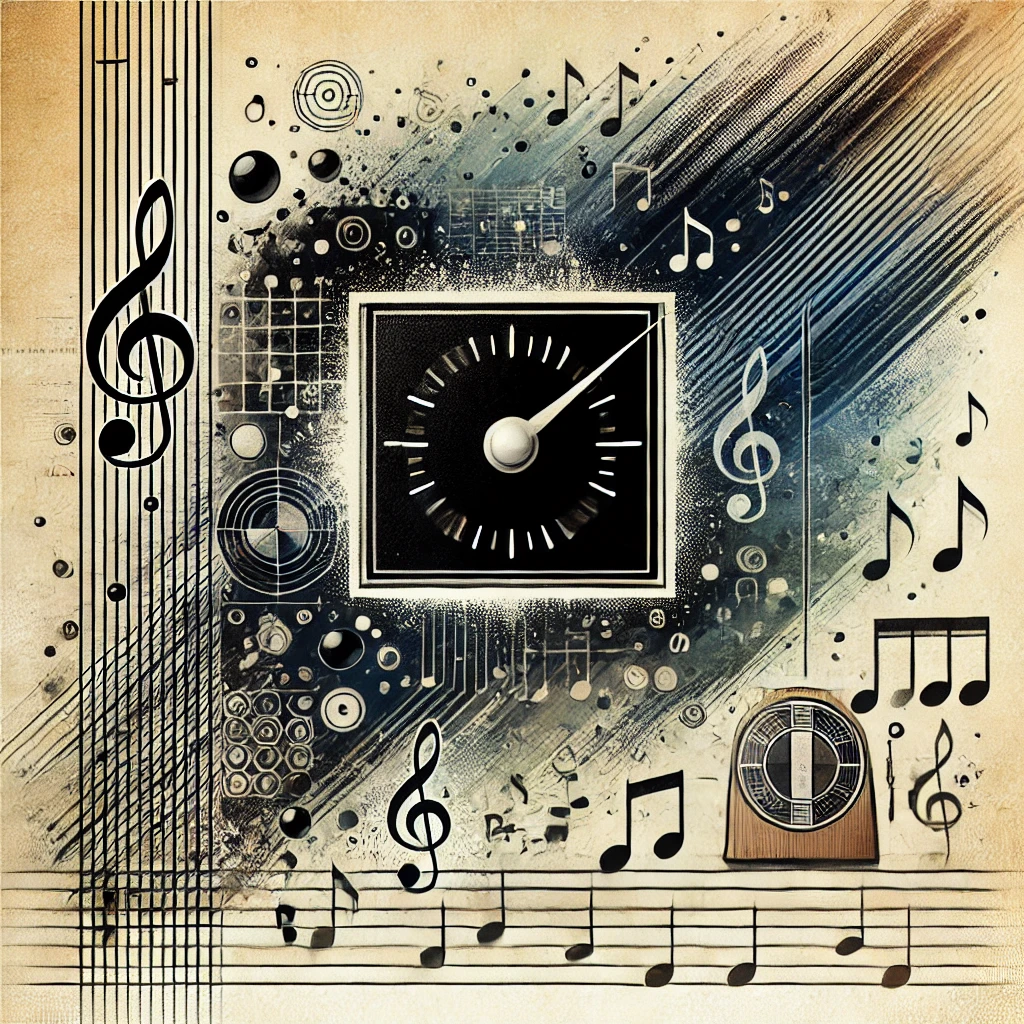Have you ever come across a black rectangle on sheet music and wondered what it means? This seemingly simple symbol is not a mistake or error but a critical element in musical composition—it’s called a musical rest. In this article, we’ll dive deep into the world of musical rests, explore their shapes, understand their purpose, and learn how they add depth and rhythm to music. By the end of this post, you’ll see how these silent moments shape melodies, adding richness to the music we love.
What is a Musical Rest?
A musical rest is a symbol in music notation that indicates a pause or a period of silence. While it may seem that the music stops during a rest, it’s quite the opposite—rests bring balance and flow to music. When you spot a black rectangle on sheet music, it represents a pause where the musician refrains from playing their instrument for a specific amount of time.
Musical rests are crucial in both simple and complex compositions. They work alongside musical notes, allowing time for reflection, building anticipation, and creating space between notes to make music more impactful.
Different Types of Musical Rests Explained
Rests come in various shapes and sizes, and each represents a different duration of silence. Let’s break down the most common types of rests and how they work in music.
1. The Whole Rest
The whole rest, often depicted as a large black rectangle hanging from the second staff line from the top, indicates a complete silence for the duration of an entire measure. In a 4/4 time signature, this means four beats of rest. The whole rest is crucial for providing extended pauses, which help to break up the flow of music and give both the musician and listener a moment of reprieve.
2. The Half Rest
The half rest, resembling a smaller black rectangle sitting on the middle line of the staff, lasts for two beats in a 4/4 measure. If the whole rest is like a full stop in a sentence, the half rest acts more like a semicolon, offering a shorter pause while still maintaining a sense of continuity in the music.
3. The Quarter Rest
The quarter rest looks quite different from the rectangular shapes of the whole and half rests. This rest symbol resembles a squiggly, lightning-bolt-like figure and represents a silence lasting for one beat in 4/4 time. These rests are shorter pauses, adding rhythm and variety to the music, much like a comma in writing.
4. The Eighth Rest
The eighth rest is represented by a symbol that looks like a small “7” with a flag. It indicates a pause that lasts for half a beat. The eighth rest helps to create quick, short pauses that build tension or provide a syncopated feel to the rhythm.
5. The Sixteenth Rest
Finally, the sixteenth rest, which looks like an eighth rest but with two flags, indicates a silence for one-quarter of a beat. These rests are incredibly brief and often found in faster, more complex musical pieces. They create an energetic, rapid rhythm, enhancing the overall musical texture.
The Power of Silence in Music
Music is not just about sound; it’s equally about the moments of silence. Imagine a song without any pauses—it would feel rushed and overwhelming. The black rectangle on sheet music, or a musical rest, is what gives music space to breathe.
In a conversation, pauses allow for emphasis, reflection, and emotion. Similarly, musical rests create moments of anticipation and enhance the emotional impact of a piece. When used correctly, rests can dramatically change the tone of a song, allowing musicians to build tension or bring in sudden calmness.
Rests also help to maintain rhythm. Without rests, the music would feel unbalanced, as they give the listener and the musician time to process each phrase, ensuring the flow of music is smooth and intentional.
Why Rests Are Important in Music Composition
Rests are vital for musicians and composers alike. They serve multiple purposes:
- Providing structure: Just like punctuation in sentences, rests provide a framework for organizing music.
- Enhancing expression: Rests allow musicians to emphasize certain parts of the music by creating contrasting moments of silence.
- Shaping rhythm: Rests are as important as notes when it comes to creating rhythm and meter within a piece.
- Preventing monotony: A piece filled with continuous notes can become overwhelming or monotonous. Rests introduce variety and contrast.
Common Mistakes Musicians Make with Rests
One of the most common mistakes musicians make is overlooking rests as mere gaps in the music. Failing to observe a rest’s precise duration can throw off the timing and rhythm of a piece, disrupting the flow. Another common mistake is treating all rests as equal. Each rest has its own specific timing, and getting this wrong can cause confusion in performances, especially when playing with a group.
For example, not respecting the pause a whole rest offers can result in rushing into the next phrase, while ignoring a sixteenth rest can lead to missing the syncopation and rhythm intended by the composer. Understanding the importance of each rest helps musicians deliver a more polished performance.
How to Practice with Musical Rests
Practicing with rests is just as important as practicing with notes. To master musical timing and rhythm, here are some tips for practicing with rests:
- Count the beats carefully: Always count the duration of each rest to avoid misjudging its length.
- Use a metronome: A metronome helps ensure that rests are held for the correct duration, preventing the tendency to rush or drag.
- Practice with silence: Try playing a piece while focusing solely on the rests. This helps develop precision in transitioning between sound and silence.
- Incorporate breathing: For wind instrument players and vocalists, rests also provide crucial breathing moments. Plan your breaths around the rests to ensure smooth performance.
Examples of Famous Music Using Rests
Many famous compositions rely heavily on the power of rests to create emotion and tension. Here are a few notable examples:
- Beethoven’s Symphony No. 5: The opening phrase uses quarter rests to build anticipation between the famous “da-da-da-dum” motif.
- John Cage’s 4’33”: This avant-garde piece consists entirely of rests, forcing the audience to listen to the sounds of the environment around them.
- Mozart’s Symphony No. 40: Rests are scattered throughout, adding drama and dynamic shifts to the melody.
These examples show how essential rests are, not just for creating pauses but for shaping entire pieces of music.
Conclusion
The black rectangle on sheet music is far from a simple typographical mark. It represents musical rests, which are essential tools in the hands of composers and musicians. Rests help to structure music, add rhythm, and enhance the emotional quality of a piece. By mastering the art of pauses, musicians can breathe life into their performances, allowing the audience to savor every moment—both the sound and the silence.
Next time you see a black rectangle on sheet music, remember that it’s not just a rest—it’s a breath, a moment, a tool that elevates music from mere sound to a dynamic, living experience.

